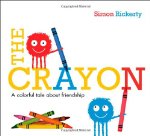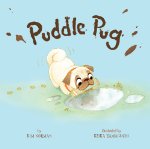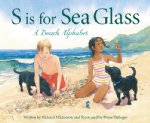Crayons play a big role in the lives of little children. They are used to draw pictures of course, but they are also eaten, they are forgotten in cars and handbags where they melt on hot days, and they are often used to make crafts, sometimes in surprising ways. In today's picture book you are going to meet some crayons who are alive and who, like children, don't always know how to be a good friend.
Picture Book
For ages 4 to 6
Simon and Schuster, 2014, 978-1-4814-0475-4
There are two little creatures, one of which is red and
one which is blue. Red gets a blue crayon and he scribbles a blue design and
asks Blue to look at what he has done. Blue then gets a red crayon and he
scribbles a red design saying, “Look Red!” While Blue is busy creating his red
artwork, Red scribbles on Blue’s page, on his “side,” and this infuriates Blue.
What does Red think he is doing? Red is not supposed to cross over the page to
poach on Blue’s territory.
A dreadful
argument breaks out and then something terrible happens, Red’s blue crayon
breaks. Blue, seeing how upset Red is, gives him his red crayon. There are
smiles all around, but Red is not quite finished with his mischief making.
Figuring out how
to get along with others is not always easy. Learning how to share and to
include others is even harder. In this delightfully clever, minimal picture
book the author shows his readers how two colorful creatures struggle to get
along, and how they learn what it means to be a real friend.








